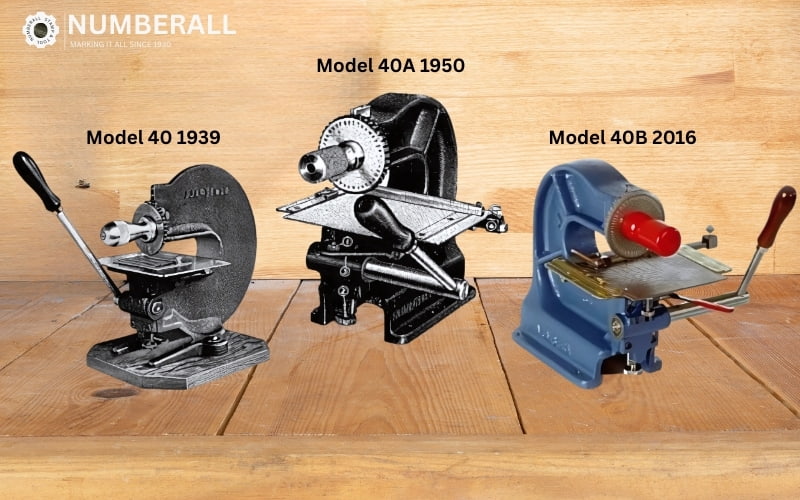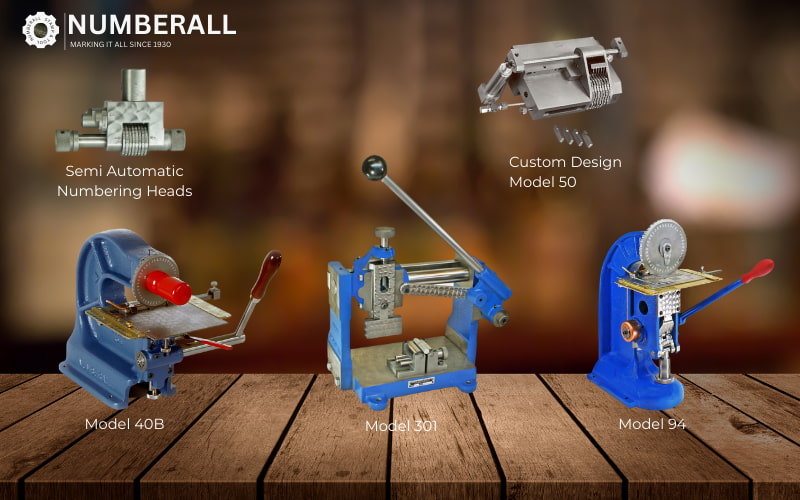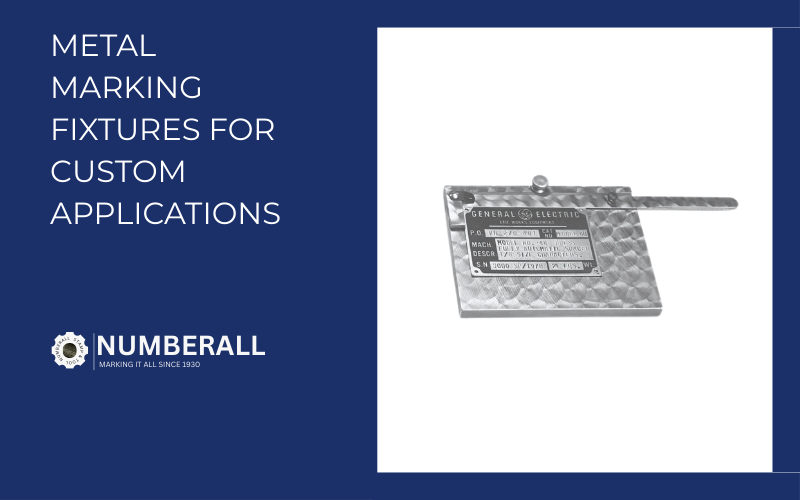Why You Should Choose Indent Marking for Your UID

Why Indent Marking is the Unrivaled Choice for Permanent UID and Part Traceability
In an increasingly regulated world, the need for Unique Identifiers (UIDs) on products is paramount. Whether it’s serial numbers for legal compliance, random codes for internal inventory, or part traceability for quality control, these markings must be more than just visible – they must be permanent, durable, and retrievable. While methods like ink jet and laser marking have their places, only indent marking provides the ultimate solution for true, lasting identification.
At Numberall, we understand the critical importance of a mark that endures. That’s why we champion indent marking as the superior method for applications where permanence, compliance, and survivability are non-negotiable.
Sign Up For Numberall News
Receive important product & pricing updates and metal marking tips.
Recent Posts
Issues With Other Marking Types: Ink and Laser Limitations
When considering UID marking, it’s essential to look beyond the initial impression. Many businesses opt for methods that appear convenient but fall short on long-term reliability:
Ink Marking: While quick and cost-effective initially, ink marks are inherently superficial.
- They sit on the surface of the material, making them susceptible to fading, smudging, abrasion, and chemical degradation.
- In harsh industrial environments, under UV exposure, or with frequent handling, ink marks will inevitably become illegible, compromising traceability and compliance.
Laser Marking: Laser marking, while precise and non-contact, often creates a surface-level change, typically through ablation (material removal) or discoloration.
- While more durable than ink, the mark can still be vulnerable to severe abrasion, corrosion, or even certain chemical exposures.
- Crucially, if a part’s surface is significantly worn or intentionally altered, the laser mark can become unreadable, jeopardizing permanent identification.
- The shallow depth of a laser mark means its “permanence” is often limited to the integrity of the immediate surface.
Indent Marking: The Standard for True Permanence and Retrievability
Unlike ink or laser, indent marking physically displaces and deforms the material itself, creating a permanent, deep impression that becomes an integral part of the product.
This fundamental difference provides unparalleled advantages:
- Indelible Mark: An indent mark is literally etched into the product’s structure. It will not fade over time, rub off, or be washed away by chemicals or solvents. It remains clear and legible through extreme conditions where other marks would disappear.
- Built-in Traceability, Under Extreme Conditions: This is where indent marking truly stands out. Even if a mark is severely abraded, painted over, or even intentionally defaced (e.g., filed off), the material beneath the surface retains the structural deformation. This allows for retrieval through forensic methods like chemical etching, ensuring that the UID remains permanently linked to the product, a critical requirement for certain government or industry standards.
- Meets Stringent Regulations: For industries bound by strict compliance and traceability mandates, indent marking is often the only method that satisfies requirements for permanent, tamper-resistant identification. This includes crucial applications like Vehicle Identification Numbers (VINs), serialized medical devices, aerospace components, and safety equipment.
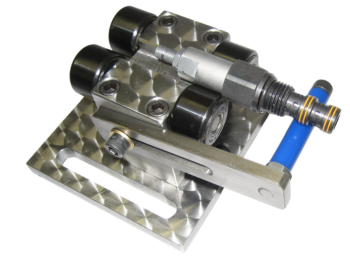
did you know?
no-cost marking of your sample part with expert recommendations
Where Indent Marking Excels: Industries Demanding Ultimate Durability
The robust nature of indent marking makes it indispensable in environments where conditions are harsh and product longevity is paramount. Industries that rely heavily on indent marking include:
- Automotive: For VINs, engine components, and chassis marking, where parts face extreme temperatures, vibrations, and corrosive fluids.
- Aerospace & Defense: For critical components that must maintain identification through high altitudes, temperature extremes, and potential impact, often required for strict military and aerospace standards.
- Firearms: For legally mandated serial numbers on frames, receivers, and barrels, ensuring permanent traceability even after decades of use.
- Oil & Gas: For pipes, valves, and drilling equipment exposed to corrosive chemicals, high pressures, and extreme temperatures in challenging field conditions.
- Heavy Machinery & Construction: For identification on equipment that endures constant abrasion, dirt, and outdoor exposure.
- Medical Devices: For UDI (Unique Device Identification) on implants and instruments that must withstand sterilization processes and offer lifelong traceability.
- Agriculture: For robust, long-lasting identification, such as hot stamping cattle tags, ensuring marks withstand harsh weather, exposure to elements, and the rigors of farm life for vital animal tracking and management.
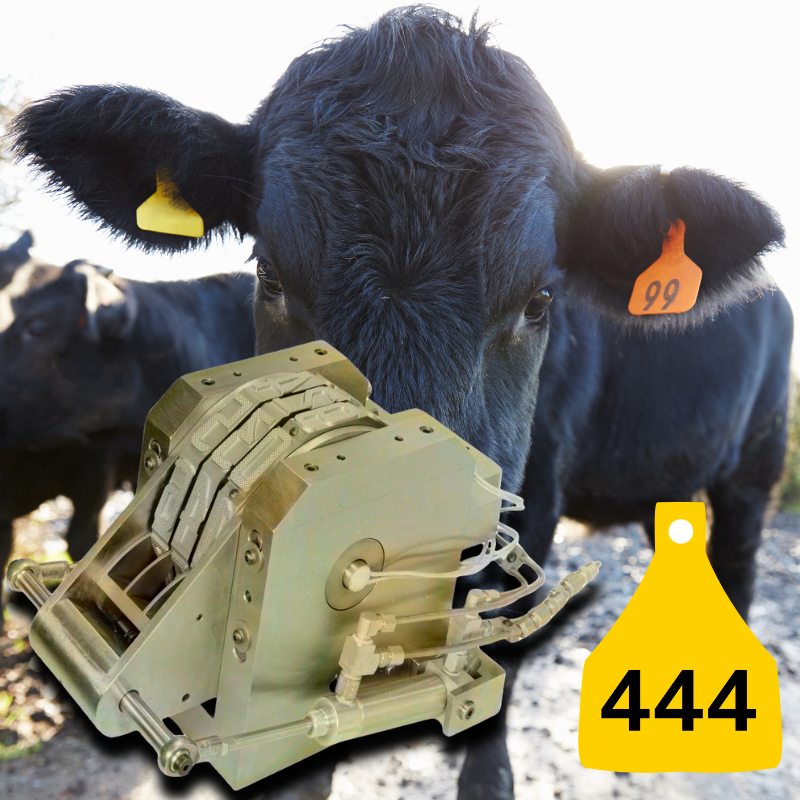
Numberall: Your Partner in Permanent Indent Marking
Numberall offers a comprehensive range of high-quality, USA-made machines designed to deliver precise and permanent indent marks. Our robust solutions ensure your UIDs meet the highest standards for durability and retrievability.
Some of our popular machines engineered for exceptional indent marking include:
- Our versatile and widely used Model 40B Marking Press.
- The versatility and repeatability of our Type Holders.
- The precise and efficient Model 50 Numbering Head.
- The adaptable Model 70 Semi Automatic Numbering Head.
- Our extensive line of durable Hand Stamps for manual marking.
- And many more specialized solutions.
With Numberall, you’re not just getting a machine; you’re investing in a legacy of American-made quality, precision, and proven durability. Our equipment is built to perform reliably for decades, ensuring your essential UIDs remain intact for the life of your product.
Need assistance in selecting the ideal indent marking solution for your specific application and industry requirements? Simply contact us today for expert guidance. Let us help you secure your product’s identity, permanently.
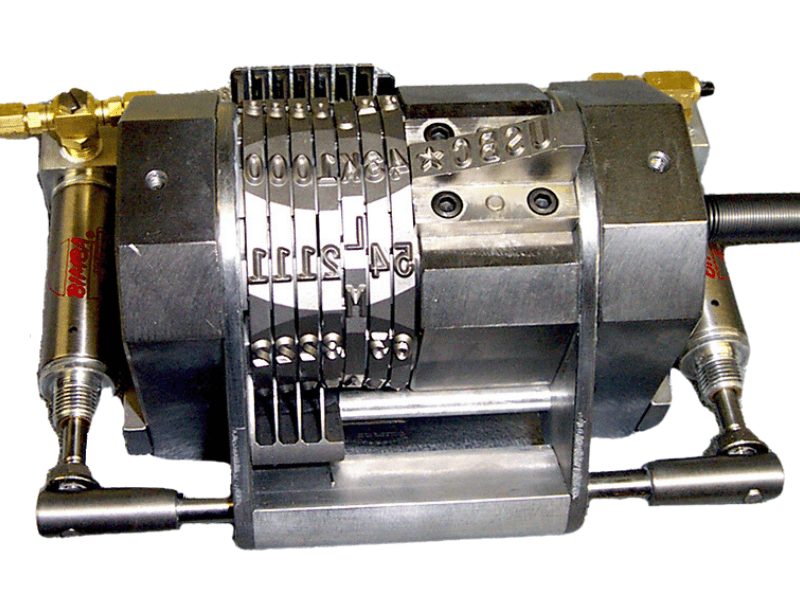

Looking for an economical custom solution to marking your equipment?
Discover custom metal marking solutions for your equipment. With our long history of innovation since 1930, we can meet any requirement. Making it easy to do business with us. Request a Quote today!
Recent Posts
Sign Up For Numberall News
Receive important product & pricing updates and metal marking tips.

